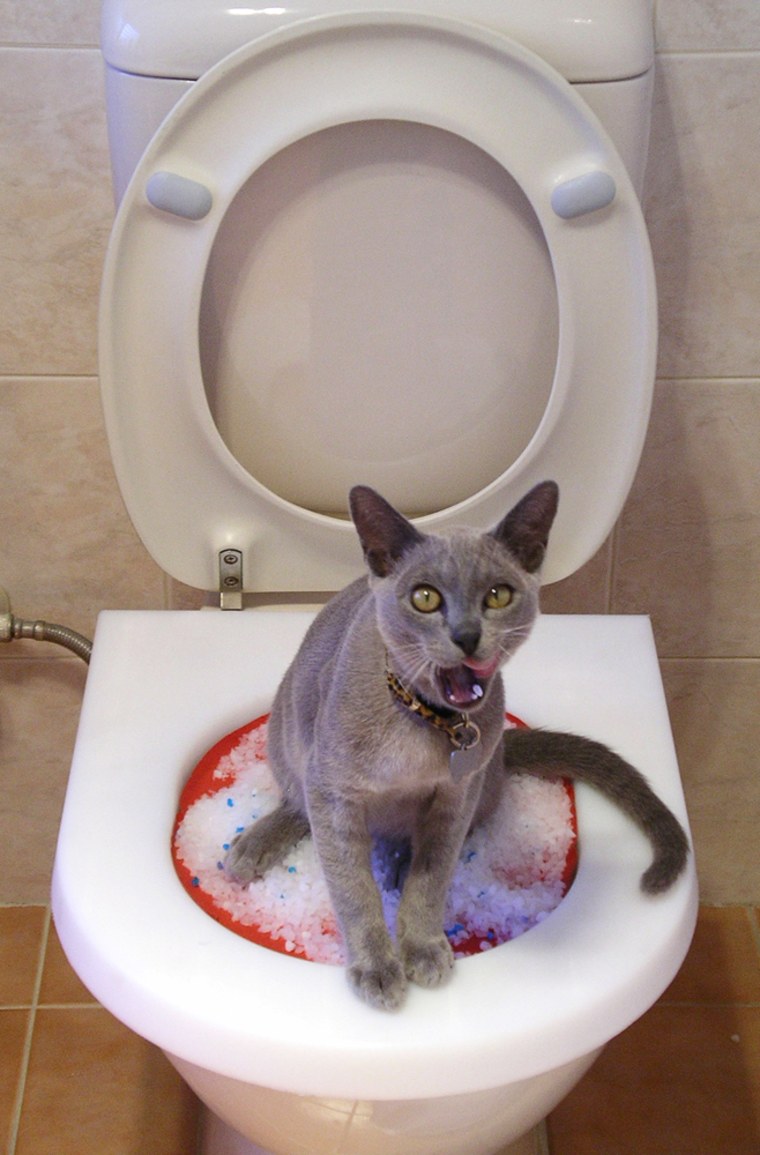Listed here below you might get lots of outstanding insights when it comes to Don’t flush cat feces down the toilet.

Intro
As feline owners, it's essential to be mindful of exactly how we deal with our feline good friends' waste. While it might seem hassle-free to purge feline poop down the toilet, this practice can have destructive effects for both the environment and human wellness.
Alternatives to Flushing
The good news is, there are much safer and a lot more accountable methods to get rid of feline poop. Consider the adhering to options:
1. Scoop and Dispose in Trash
The most common approach of dealing with cat poop is to scoop it right into a naturally degradable bag and throw it in the trash. Make certain to use a specialized litter inside story and throw away the waste immediately.
2. Use Biodegradable Litter
Go with naturally degradable cat trash made from materials such as corn or wheat. These trashes are eco-friendly and can be safely taken care of in the trash.
3. Hide in the Yard
If you have a yard, take into consideration burying cat waste in a marked area away from veggie gardens and water sources. Make certain to dig deep enough to stop contamination of groundwater.
4. Mount a Pet Waste Disposal System
Purchase a pet dog waste disposal system especially designed for feline waste. These systems make use of enzymes to break down the waste, decreasing smell and ecological impact.
Health and wellness Risks
Along with environmental worries, purging cat waste can likewise posture health dangers to human beings. Feline feces might contain Toxoplasma gondii, a parasite that can trigger toxoplasmosis-- a possibly severe ailment, particularly for expecting women and individuals with damaged body immune systems.
Ecological Impact
Flushing cat poop presents damaging pathogens and bloodsuckers right into the supply of water, posturing a significant risk to water environments. These contaminants can negatively affect marine life and compromise water top quality.
Verdict
Responsible pet possession extends beyond offering food and sanctuary-- it also includes correct waste administration. By avoiding purging cat poop down the toilet and going with alternative disposal approaches, we can decrease our ecological footprint and protect human wellness.
Why Can’t I Flush Cat Poop?
It Spreads a Parasite
Cats are frequently infected with a parasite called toxoplasma gondii. The parasite causes an infection called toxoplasmosis. It is usually harmless to cats. The parasite only uses cat poop as a host for its eggs. Otherwise, the cat’s immune system usually keeps the infection at low enough levels to maintain its own health. But it does not stop the develop of eggs. These eggs are tiny and surprisingly tough. They may survive for a year before they begin to grow. But that’s the problem.
Our wastewater system is not designed to deal with toxoplasmosis eggs. Instead, most eggs will flush from your toilet into sewers and wastewater management plants. After the sewage is treated for many other harmful things in it, it is typically released into local rivers, lakes, or oceans. Here, the toxoplasmosis eggs can find new hosts, including starfish, crabs, otters, and many other wildlife. For many, this is a significant risk to their health. Toxoplasmosis can also end up infecting water sources that are important for agriculture, which means our deer, pigs, and sheep can get infected too.
Is There Risk to Humans?
There can be a risk to human life from flushing cat poop down the toilet. If you do so, the parasites from your cat’s poop can end up in shellfish, game animals, or livestock. If this meat is then served raw or undercooked, the people who eat it can get sick.
In fact, according to the CDC, 40 million people in the United States are infected with toxoplasma gondii. They get it from exposure to infected seafood, or from some kind of cat poop contamination, like drinking from a stream that is contaminated or touching anything that has come into contact with cat poop. That includes just cleaning a cat litter box.
Most people who get infected with these parasites will not develop any symptoms. However, for pregnant women or for those with compromised immune systems, the parasite can cause severe health problems.
How to Handle Cat Poop
The best way to handle cat poop is actually to clean the box more often. The eggs that the parasite sheds will not become active until one to five days after the cat poops. That means that if you clean daily, you’re much less likely to come into direct contact with infectious eggs.
That said, always dispose of cat poop in the garbage and not down the toilet. Wash your hands before and after you clean the litter box, and bring the bag of poop right outside to your garbage bins.
https://trenchlesssolutionsusa.com/why-cant-i-flush-cat-poop/

As a keen reader about Can You Flush Cat Poo or Litter Down the Toilet?, I was thinking sharing that article was valuable. Enjoyed reading our entry? Please share it. Let others find it. Thanks so much for going through it.
Click Here
Comments on “Hazards of Flushing Cat Poop Down Your Toilet - Avoid Potential Problems”